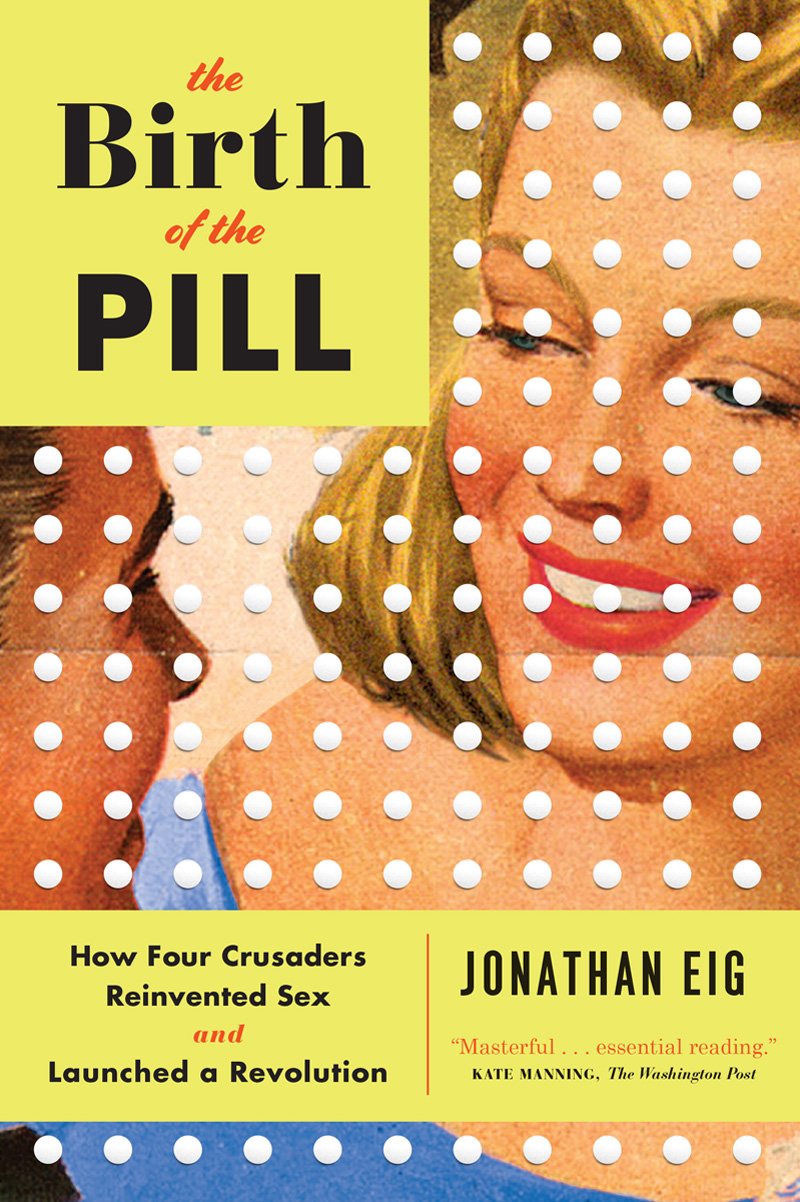Sex Without Babies
- Post by: Nicole M. King
- April 9, 2015
The Birth of the Pill - How Four Crusaders Reinvented Sex and Launched A Revolution Jonathan EigW.W. Norton and Company, 2014; 400 pages, $27.95 One winter night in 1950, Margaret Sanger and the scientist Gregory Goodwin (“Goody”) Pincus met in a Park Avenue apartment to discuss the taboo topic of birth control. For years, Sanger had agitated for women’s rights, specifically as they related to reproduction and sexuality. She had proclaimed that women should have the final authority over their own bodies, that only when they could postpone or avoid pregnancy would they be able to enter the workforce or participate in politics at the same rate as men. She also wanted to “liberate” sex for women, taking away the concern of pregnancy. The answer to these dilemmas, Sanger believed, was a “completely foolproof method of contraception.” She wanted a pill, “something a woman could swallow every morning with her orange juice or while brushing her teeth, with or without the consent of the man with whom she was sleeping.” And she thought that Pincus, a “genius” young scientist with a reputation for dabbling in the uncomfortable, was the man who could help her. Pincus said that yes, he believed such a thing was possible. And so began a ten-year project that culminated in Enovid, the first oral contraceptive. In his narrative of the quest, former Wall Street Journal writer Jonathan Eig focuses on the “Four Crusaders” of the subtitle: Margaret Sanger, Gregory Pincus, Catholic obstetrician and gynecologist John Rock, and the heiress and suffragette Katharine McCormick. This particular cast, Eig argues, was crucial. Without any one of them, the whole project would have collapsed. At this juncture in her life, Sanger was over 70 and had a lifetime of projects to her credit already. She was the impetus, the one who started the project rolling. Sanger’s obsession with finding a contraceptive stemmed from two motives: First, her
Categories:

